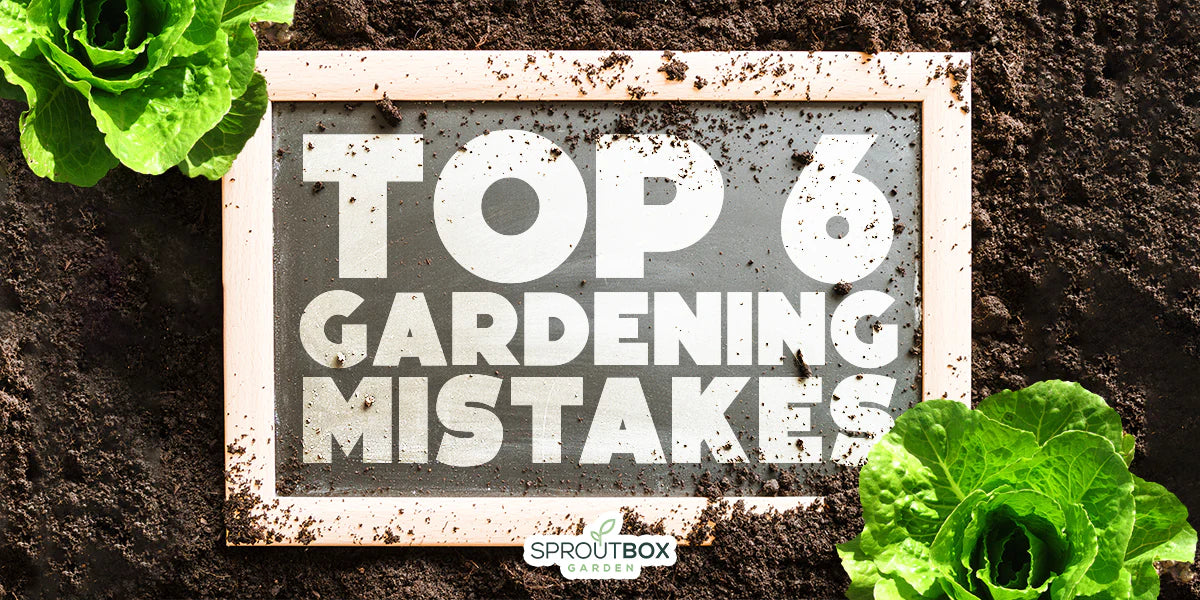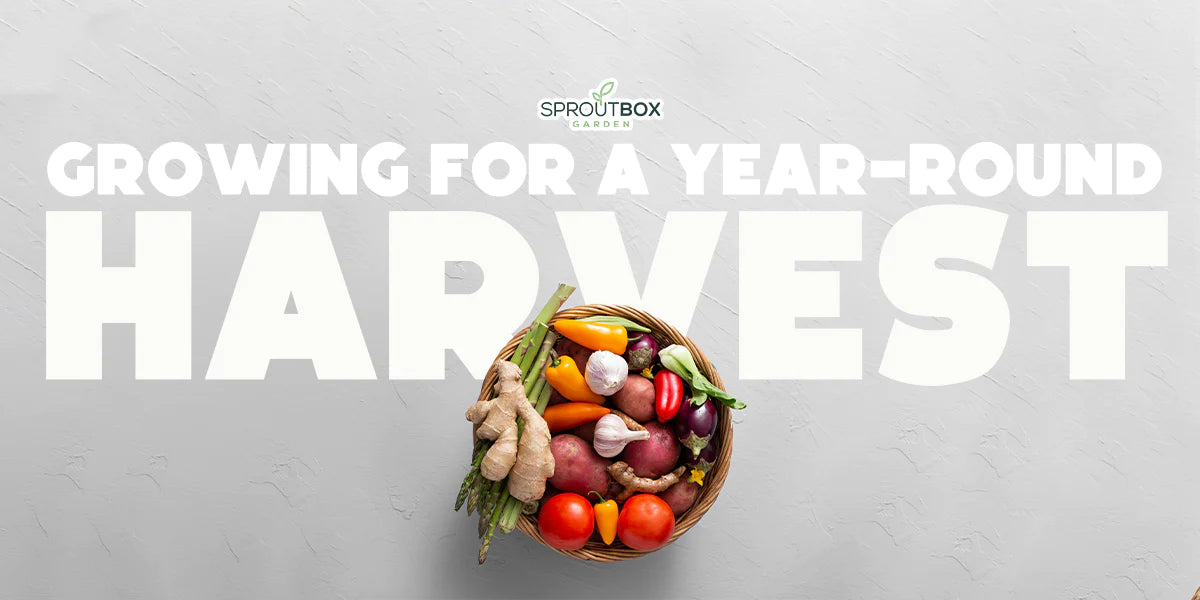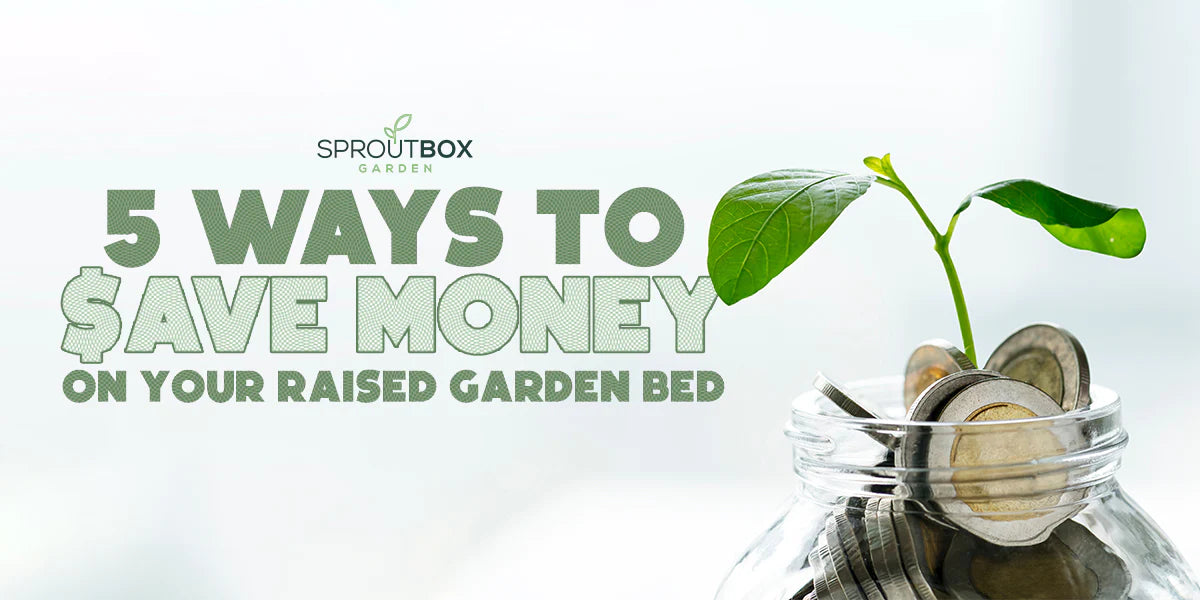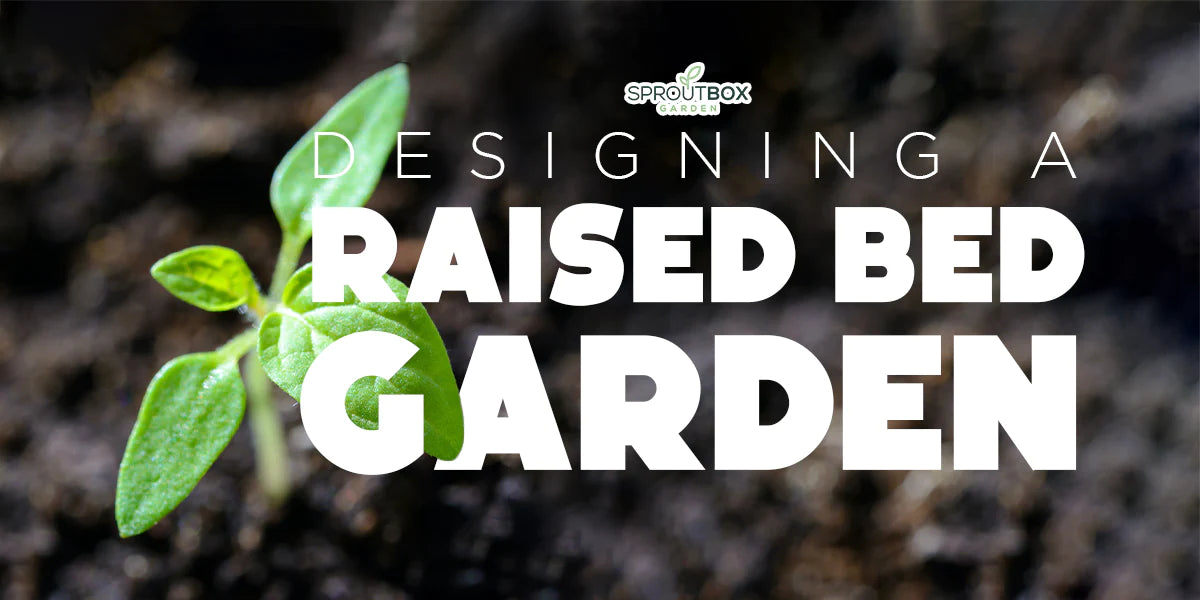June 16, 2024
Unlock Your Garden’s Full Potential with Succession Planting
Have you ever wished your garden could produce more veggies and keep going strong well into the fall? You’re not alone. Many gardeners dream of a more productive garden, but the secret to achieving this lies in a simple yet powerful technique: succession gardening.
What is Succession Gardening?
Succession gardening is all about making the most of your garden space by planning and planting in a way that ensures continuous harvests throughout the growing season. Instead of planting everything all at once, you stagger your planting times, allowing you to harvest one crop and then quickly replace it with another. This method not only maximizes your yields but also keeps your garden looking lush and productive all year long.
Benefits of Succession Gardening
1. Maximize Your Garden SpaceOne of the biggest frustrations for gardeners is feeling like they don’t have enough space. With succession gardening, you can grow more in the same area by efficiently rotating crops. Imagine turning that small garden plot into a powerhouse of productivity, giving you a constant supply of fresh veggies.
2. Extended Harvest Season
Do you hate seeing your garden slow down as summer turns to fall? Succession gardening helps extend your growing season, allowing you to enjoy fresh produce for longer. By carefully planning your plantings, you can ensure that something is always ready to be harvested, even as the seasons change.
3. Improved Soil Health
Succession planting can also benefit your soil. Different crops have varying nutrient needs and root structures. By rotating crops, you help maintain a healthier balance in your soil, reducing the risk of nutrient depletion and disease buildup.
4. Better Pest and Disease Management
Tired of battling the same pests and diseases year after year? Succession gardening can help break the life cycles of pests and diseases by changing the plants in a particular area. This makes it harder for pests to get established and reduces the likelihood of disease.
5. Consistent Fresh Produce
There’s nothing quite like the taste of fresh, homegrown vegetables. With succession gardening, you don’t have to wait for one big harvest. Instead, you can enjoy a steady supply of produce throughout the growing season. This not only keeps your kitchen stocked but also reduces waste, as you harvest just what you need when you need it.
How to Get Started with Succession Gardening
Starting succession gardening might sound complicated, but it doesn’t have to be. Here are a few simple steps to get you going:
-
Plan Your Garden Layout: Decide which crops you want to grow and when to plant them. Consider the growing seasons and how long each crop takes to mature.
-
Stagger Your Plantings: Plant new seeds or seedlings every few weeks to ensure continuous harvests. For example, after harvesting early-season lettuce, you might plant a warm-season crop like beans.
-
Rotate Your Crops: Avoid planting the same crop in the same spot season after season. This helps prevent soil depletion and reduces pest problems.
-
Use Quick-Maturing Varieties: Choose crops that mature quickly for your succession plantings. This allows you to fit more planting cycles into a single season.
Learn More in Our Free Live Class
Ready to take your gardening to the next level? Join our FREE Succession Planting Live Class on Wednesday, June 19th at 5 PM PDT, led by gardening expert Jordan Mara from Mind & Soil. In this 1-hour class, you’ll learn how to:
-
Maximize your garden space.
-
Extend your harvest season.
-
Choose the best crops for succession planting.
-
Get personal advice to tackle your specific gardening challenges.
Can't make it live? No worries! Sign up, and we’ll send you the recording to watch at your convenience. Don’t miss out on this opportunity to boost your garden’s potential and enjoy fresh, homegrown produce for longer.
>> Click here to sign up for FREE.
Succession gardening is a game-changer for anyone looking to get more out of their garden. With a bit of planning and the right techniques, you can transform your garden into a productive paradise. Join our live class and learn how to make it happen.
Happy Gardening!






